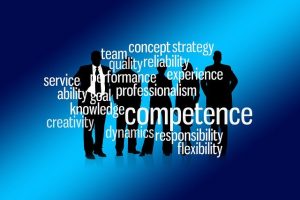
Leadership Stories: Questions to Ask Yourself About Work
A key method of learning to lead is to ask yourself questions about your work. The questions you ask yourself will reveal your leadership stories.

A key method of learning to lead is to ask yourself questions about your work. The questions you ask yourself will reveal your leadership stories.

In my previous post, I told you that self-awareness is improved through looking at your life stories. If you want greater awareness of your leadership

Today’s leaders face innumerable challenges that previous generations never confronted: employee disengagement, cloud-based speed of commerce, political correctness, cultural diversity, social sensitivities, and a hyper-focus

Your leadership legacy matters. It motivates people in the way they think and behave, today, and in the future. Lasting legacies set a course: they

Finding a clear path through a global pandemic is no easy task. Where do you turn for a model of leadership wisdom? As I wrote

From what I see in the organizations where I consult, there’s an urgent need to understand leadership personality. Today―and especially for the future―we need leaders who can

Many leaders are under extraordinary pressure today to do more with less, which often impacts their own well-being and tolerance levels. I hear stories about

It’s not that I am so smart; it is just that I stay with my problems longer. ~ Albert Einstein If you find yourself prone

An organization’s health is only as sound as its leader’s decisions. Some companies prosper from wise leadership directions, while others struggle after flawed choices—choices that

How a leader responds to adversity reveals how effective that leader truly is. Reactions to setbacks or crises not only test leadership character but define

Business is an active, demanding endeavor. Only those who consistently apply themselves succeed. Organizations that thrive require leaders who actively dream, plan, engage, solve, pursue,

Surveys and studies indicate global job dissatisfaction is at a two-decade high. Disengaged employees account for nearly 70 percent of the workforce, which significantly affects







